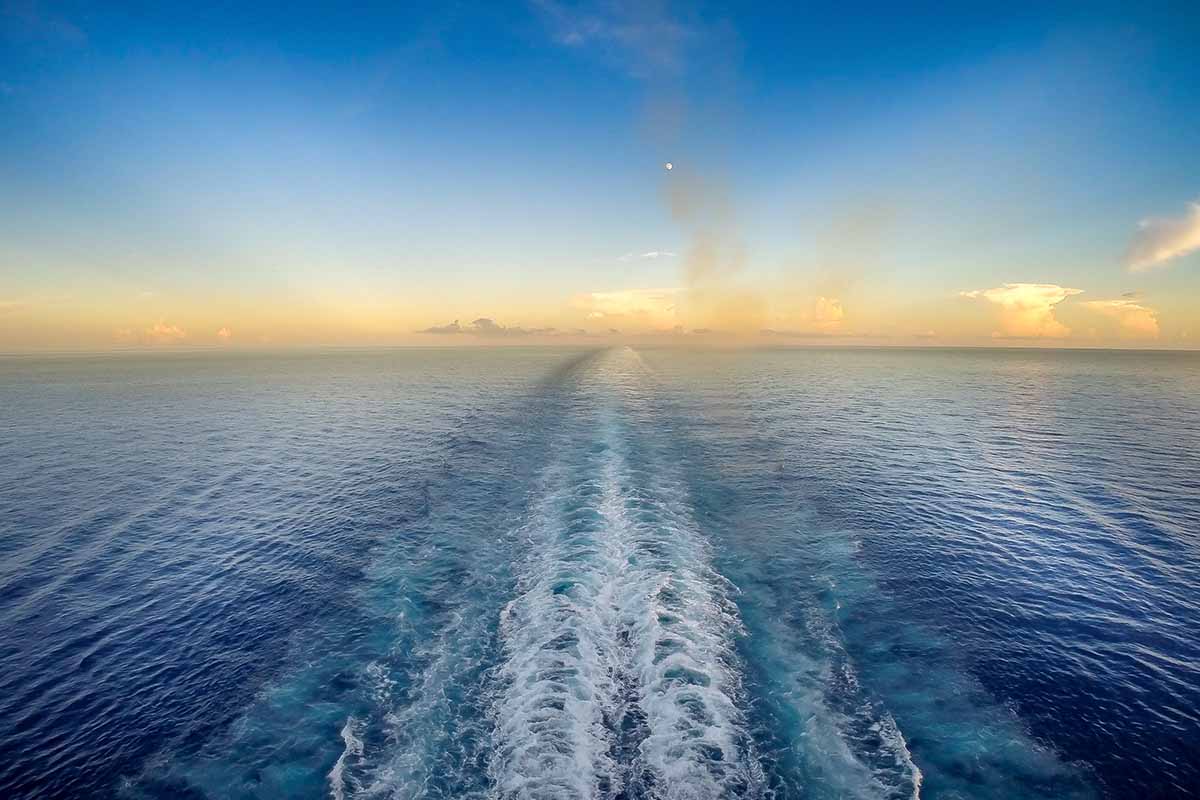




Itinerary

Day 1 : Barcelona/SPAIN
Barcelona is the cultural heartland of Spain, yet its first language is Catalan, the native tongue of the proudly independent Catalonia region. Stroll down the shady, tree-lined Ramblas between street musicians and elegant bistros. Then perhaps visit the venerable Gothic cathedral, Picasso Museum or enjoy the architectural genius of Antonio Gaudi's Church of the Holy Family.

Day 2 : Valencia/SPAIN

Day 3 : At Sea

Day 4 : Ajaccio
On the French island of Corsica, Ajaccio is famous as the birthplace of Napoleon. Visit the Bonaparte family home and the 16th century church where he was baptized. Or, take a tour into the wild and rugged outback countryside they call the maquis.

Day 5 : Nice/FRANCE
This village of 7,000 inhabitants is hidden among wooded slopes, above the crystalline waters of the Cote d'Azure. The town itself is delightful, with medieval chapels and an impressive hilltop fortress built by the Duke of Savoy in 1560. And, just up the coast are the luxuries of Nice and the extravagance of Monte Carlo.

Day 6 : At Sea

Day 7 : Florence/pisa/ITALY
From Livorno (Leghorn), your path leads through the rolling green hills of Tuscany to Florence, the flower of the Renaissance. The creative explosion happened right here, with masterworks by Michelangelo, Brunelleschi and Botticelli now landmarks of daily life. Ufizzi, Academmia, il Duomo: the art treasures of a golden age are commonplace to blessed Florentines.

Day 8 : Rome/ITALY
The port of Civitavecchia is the gateway to The Eternal City, where all roads lead. Mad traffic careens past monuments of the great civilizations of the past. You will want to see it all: the soaring inspiration of St. Peter's, the Vatican and the Sistine Chapel; the flow of life along the Spanish Steps, the Coliseum, the Via Veneto and Trevi Fountain. Be sure to leave time for la dolce vita in one of the piazzas.

Day 9 : At Sea

Day 10 : Toulon/FRANCE
Tulon

Day 11 : Alghero/ITALY

Day 12 : At Sea

Day 13 : Messina/ITALY
The setting for Shakespeare's Much Ado About Nothing, Messina has much to offer in the way of history. Its dramatic, boulder-filled harbor has challenged navigators since the days of Ulysses. Try to visit the city's Bell Tower at the stroke of noon--the hour when one of the world's largest and most fanciful mechanical clocks springs into action. Messina's museum is also noteworthy for its Renaissance masterworks.

Day 13 : Messina/ITALY
The setting for Shakespeare's Much Ado About Nothing, Messina has much to offer in the way of history. Its dramatic, boulder-filled harbor has challenged navigators since the days of Ulysses. Try to visit the city's Bell Tower at the stroke of noon--the hour when one of the world's largest and most fanciful mechanical clocks springs into action. Messina's museum is also noteworthy for its Renaissance masterworks.

Day 13 : Messina/ITALY
The setting for Shakespeare's Much Ado About Nothing, Messina has much to offer in the way of history. Its dramatic, boulder-filled harbor has challenged navigators since the days of Ulysses. Try to visit the city's Bell Tower at the stroke of noon--the hour when one of the world's largest and most fanciful mechanical clocks springs into action. Messina's museum is also noteworthy for its Renaissance masterworks.

Day 14 : Naples/ITALY
One of the most spectacular bays in the world lies in the shadow of Mt. Vesuvius. Visit the San Carlo Opera House and the cathedral of San Janarious, or tour the ancient ruins in the Roman cities of Pompeii and Herculaneum.

Day 15 : Rome/ITALY
The port of Civitavecchia is the gateway to The Eternal City, where all roads lead. Mad traffic careens past monuments of the great civilizations of the past. You will want to see it all: the soaring inspiration of St. Peter's, the Vatican and the Sistine Chapel; the flow of life along the Spanish Steps, the Coliseum, the Via Veneto and Trevi Fountain. Be sure to leave time for la dolce vita in one of the piazzas.

Day 16 : At Sea

Day 17 : Cefalonia/GREECE
Cefalonia/Kephallonia

Day 18 : Corfu/GREECE
Though once ruled by Venetian doges, Turkish sultans and French invaders, today's Corfiot citizen is as Greek as they come. Marvel at the 17th-century icons in St. George's Church, the medieval Palace of Phrourio or the 19th-century Achilleion Palace. The greenest of the Greek Isles, Corfu also boasts thriving vineyards and olive orchards among its rugged mountains.

Day 19 : Kotor/MONTENEGRO
This typical Mediterranean town is located at the end of Kotor Bay, which sits on the Montenegrin coast in the southern Adriatic. Due to the history of Kotor, it is the oldest town in Montenegro and is now a historical monument protected by the state. This town of Kotor has belong to many countries, around 3 B.C. the town was colonized by the Greeks, and later was an affiliate of Roman and Byzantine empires. In 1797, this town became a vital naval base under Austria's possession. In 1918, after World War II, this town became the property of Yugoslavia and is now included in the constituent republic of Montenegro. Kotor has been a 16th century cathedral, town walls, and a medieval fort.

Day 20 : Dubrovnik/CROATIA
Jewel of the Dalmatian coast, girded in ninth-century walls that rise sheerly from the water's edge, Dubrovnik is one of the best-preserved medieval towns in Europe. Within the ancient fortifications is a labyrinth of narrow alleyways and a striking Renaissance boulevard called the "Stradun."

Day 21 : At Sea
Day 22 : Trieste/ITALY
